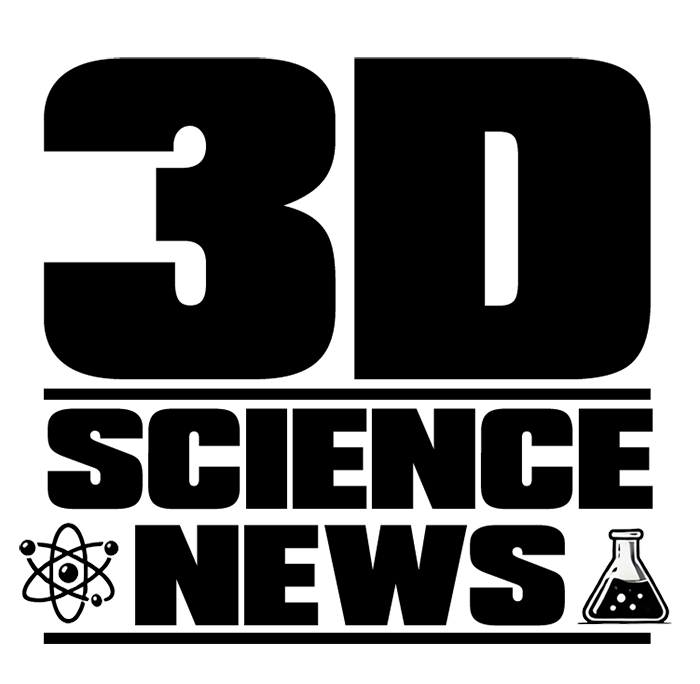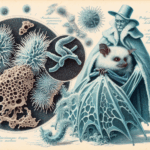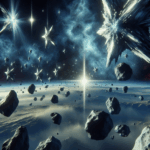Mathematicians and tile enthusiasts have spent centuries obsessing over which shapes can cover a plane without gaps or repetition. Turns out, nature might have beaten them to it—on a molecular scale.
A group of chemists just found a molecule that spontaneously assembles into non-repeating patterns, the kind usually reserved for high-concept math puzzles and futuristic materials. Craig Kaplan, a mathematician and computer scientist, put it bluntly: “It feels like you found a glitch in the matrix.” If simulated reality ever needed a bug report, this would be it.
The discovery started with a simple lab experiment. Back in 2018, chemist Karl-Heinz Ernst and his team at the Swiss Federal Laboratories for Materials Science and Technology were casually spraying hydrocarbon molecules onto a silver surface—like graffiti artists, but with better funding. Then, under the microscope, something weird happened.
The molecules, instead of forming predictable, orderly structures, twisted into three-armed spirals. Those spirals then somehow grouped into triangles of slightly different sizes. And no matter how many times the team ran the experiment—around a hundred, to be exact—the arrangement never repeated itself. The researchers sat on these bizarre images for years, trying to make sense of them, like detectives staring at an unsolvable case.
Then, in 2023, mathematicians dropped a bombshell: the einstein tile. This was a single shape that could tile an infinite plane without ever repeating—a mathematical unicorn that had eluded discovery for decades. Kaplan and his collaborators had cracked a long-standing puzzle, and suddenly, Ernst’s molecular mystery had an explanation. His molecules weren’t just misbehaving; they were a microscopic cousin of the einstein tile.
Of course, there’s a catch. Kaplan points out that the molecules don’t fit together with the same strict rules as the einstein tile. True aperiodicity—the holy grail of non-repeating patterns—may still be out of reach for this material. But even an approximation might be enough to unlock strange new properties.
Physicists have already seen electrons act in unexpected ways inside quasicrystals, materials that have structure but no repeating pattern. These materials can exhibit weird, almost magical behaviors—like conducting electricity in ways normal metals can’t. If Ernst’s molecule behaves anything like a quasicrystal, we might be looking at a new class of materials with properties that don’t obey the usual rules.
So, what’s next? If nature is already capable of assembling molecular-scale versions of an einstein tile, what other impossible patterns are lurking in the atomic world? Maybe reality itself is built on stranger, glitchier foundations than anyone thought.
Five Fast Facts
- Mathematicians searched for the einstein tile for over 60 years before finding it in 2023.
- Quasicrystals, which also form non-repeating patterns, were once thought impossible—until scientists discovered one in a meteorite.
- Karl-Heinz Ernst, the chemist behind this molecular pattern discovery, has spent years studying how molecules arrange themselves on surfaces.
- The Swiss Federal Laboratories for Materials Science and Technology, where Ernst works, also researches futuristic building materials like self-healing concrete.
- The einstein tile’s discovery was aided by computer algorithms running through trillions of shape possibilities.





